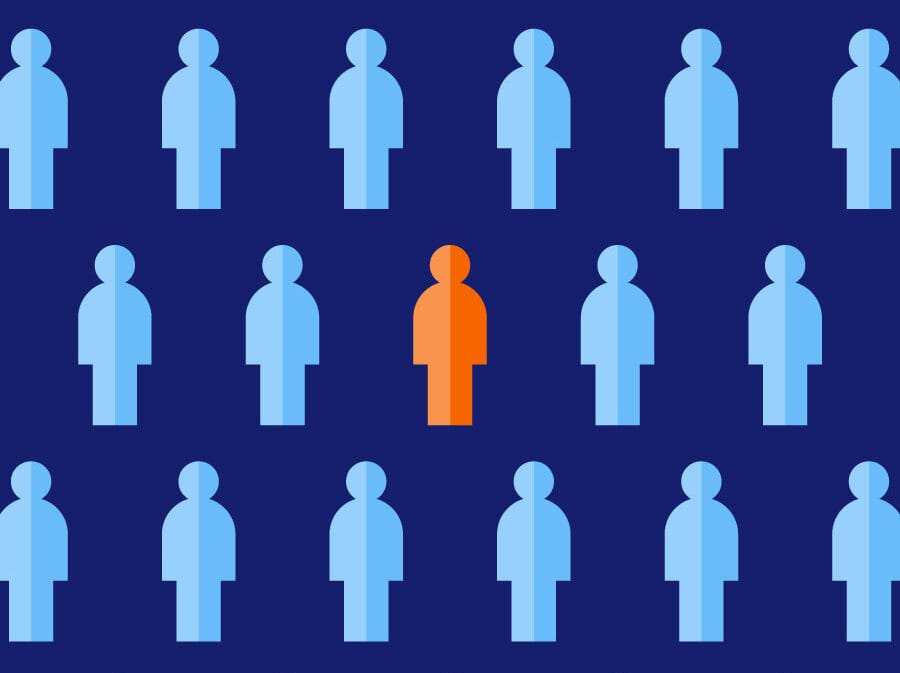How Does the Organ Transplant Wait List Work?
Have you ever wondered how the National Transplant Waiting List works?
We explain the process of identifying transplant recipients with the help of our staff, who do it every day.

The Organ Transplant Wait List: A Game of Odds
For someone waiting for a life-saving organ, being on the wait list can feel like a game of odds. If the Plinko game in the video above were an example of the wait, each token would represent a person that checks the box to designate themselves to be an organ donor. The more people who check the box, the better the odds are that someone on the list will get an organ, before it’s too late.
Getting on the Wait List
A person experiencing organ failure -typically due to disease or injury- would schedule an appointment at a transplant hospital in their area for an evaluation. This determines if a person is a candidate for transplant.
If the person is a candidate for transplant, the transplant hospital will add them to the national Organ Procurement and Transplant Network (OPTN) Waiting List (which is really a database). This national database contains the names and relevant medical information of all patients in the US waiting for a transplant. The information about each patient includes their blood type, body size, how sick the patient is, geographic location, the organ they are waiting for, tissue type, and time on the wait list. Information that is not medically relevant to find a match for transplant includes race, gender, income, celebrity, or social status. Once a potential recipient’s information is added to the OPTN list, the wait begins.
How the Wait List Works
Life-saving organ transplants are not possible without people saying yes to donation during their lifetime. When an organ donation candidate is identified, the donation process begins (see How the Donation Process Works).
Medically relevant information about the donor is entered into the OPTN system to start the process of identifying a match for each of the gifts the donor is able to give. Donor information entered into the system would include things like: blood type, body size, geographic location, the life-saving gifts they are able to give and tissue type.
Once this information is entered into OPTN, the system identifies matches for each organ. Often when people think about the Wait List they imagine a ladder, but the Wait List is more of a pool that becomes a pyramid as the best candidate for each available organ is identified. Within the candidate pool, each donor has a list of potential recipients based on medical factors (blood type, organ size, tissue type, etc.).
The best matched patients on the Wait List are contacted by their transplant teams.
Former LifeSource Donation Coordinator, Erin Schaden explains how the system matches life-saving gifts with potential recipients on the Wait List like this, “For any donation we’re looking for the person who fits best, is the sickest, and is (geographically) closest.”
Erin explains each of these factors in detail, starting with best fit. “Best refers to blood type (groups) because only compatible blood types can be transplanted. For example, if I needed a transplant (for any organ) and I’m part of blood group A, I could only receive a transplant from a donor from blood group A. If there was a donor from blood group B, I would not even show up on that donor’s list of potential recipients because our blood types are not compatible.”
“Sickest,” she says, “reflects medical urgency.” The process to determine a person’s medical urgency is complicated and depends on several evaluation factors, which are different for every organ. Erin explains this as simply as she can, “All of these evaluation factors are looking at how long a person could continue to survive without a transplant. If we take lungs as an example, someone who is at home and needs oxygen is obviously sick but their medical urgency is not as high as a person who is in the Intensive Care Unit and can only breathe with the help of a ventilator.”
“Closest, reflects geography. The closer you are to the available organ, the closer you’ll be to the top of that organ’s list. Erin goes on to explain, “This is because each organ has a certain amount of time it is viable outside the body, so a recipient that is in the same state is a better match than a recipient who is across the country, because the potential outcome is better.” Erin goes on to explain that this does not mean people who are across the country can’t donate to one another, they can, but if there are two candidates who are good fits and have equal medical urgency, it makes more sense to transplant the person who is closer to the donor.
Related post: Life on the Wait List
 Skip to main content
Skip to main content
